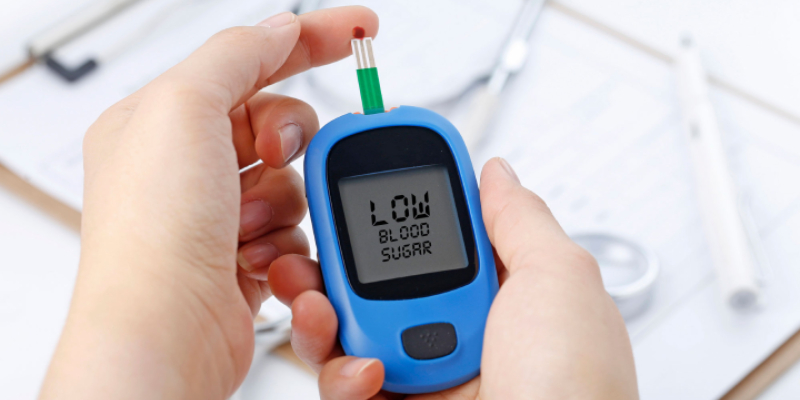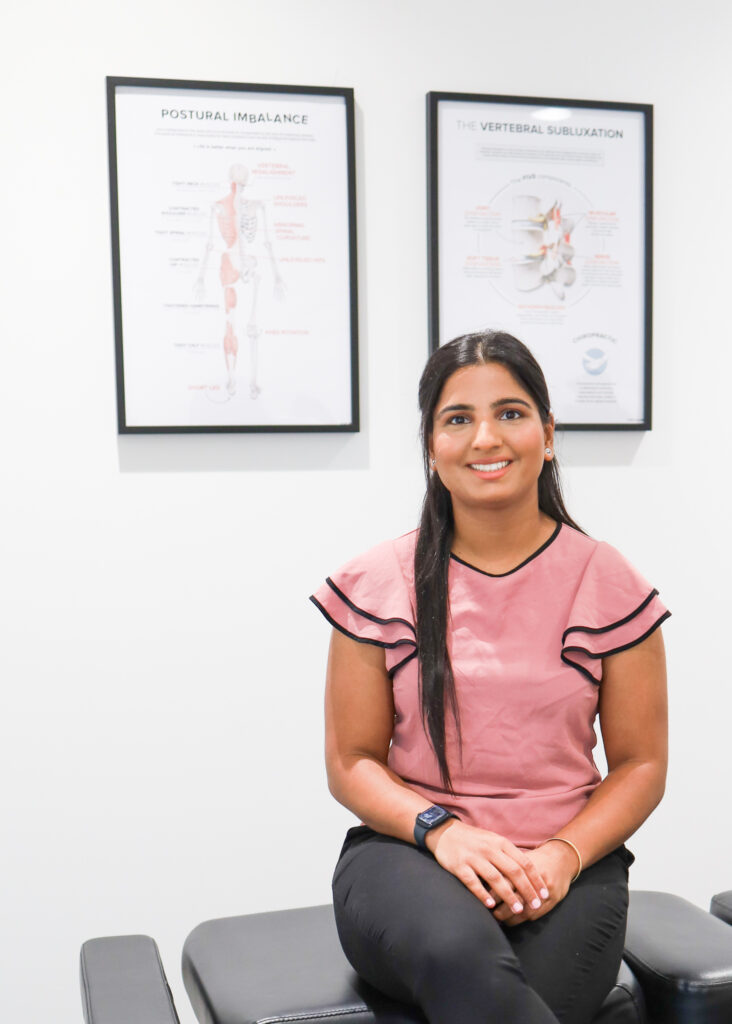Diabetes Mellitus: causes, symptoms and management
Diabetes Mellitus is a most common disorders of a glucose metabolism. Glucose is a critical
source of energy for the brain, muscles and tissue. When we eat, our body breaks down
carbohydrates into glucose. This triggers the pancreas to release a hormone called insulin,
which helps glucose to enter the cells from the blood. Diabetes Mellitus can occur due to
the chronic hyperglycaemia (increase level of blood sugar/glucose) due to either
absence/decrease of insulin, normal insulin secretion but inadequate to cope with blood
glucose or decreased sensitivity of insulin receptors. It can often present with various
musculoskeletal and neurological complaints; therefore, it is important to be aware of this
common disorder.
There are two types of Diabetes Mellitus; Type 1 Diabetes mellitus and Type 2 Diabetes
Mellitus. Type 1 DM is an autoimmune pancreatic beta-cell destruction due to little or no
insulin production. It is common in Childhood or adolescence. It possibly triggered in the
genetically suspectable by infectious stimulus and/or toxic environmental stimulus. It
accounts for less than 10% of all cases of diabetes mellitus whereas Type 2 DM is due to
tissue insensitivity to insulin. It is generally evident later in life, but these days, incidents are
also increasing in young people. It accounts for 90-95% of all cases of diabetes mellitus.
Type 2 diabetes are also lifestyle related where obese people are at higher risk. The other
risk factors for Diabetes Mellitus type 2 include family history of diabetes, over the age of
45, overweight/obese, history of high cholesterol or triglyceride levels, sedentary lifestyle,
common in ethnicities- American Indian, Hispanics & Asians as well as presence of
gestational diabetes or giving birth to large baby. Gestational Diabetes occurs when a
pregnant woman has high levels of glucose in her blood due to mother cannot produce
enough insulin. Gestational diabetes is usually temporary and disappears after pregnancy,
however gestational diabetes can increase the risk by 50% -60% of developing type 2
diabetes mellitus in the future.
Early symptoms of increase level of blood sugar (hyperglycaemia) includes polyuria
(increased urination), polydipsia (increased thirst) and polyphagia (increased hunger). Later
complications may include Peripheral neuropathy (weakness, numbness and pain, usually in
the hands and feet), Nephropathy (deterioration of kidney function) and predisposition to
infection. The symptoms that may occur when diabetes develops are loss of consciousness,
cataracts and glaucoma, visual disturbance due to damaged blood vessels in the eyes; if left
untreated it can lead to blindness. Risk of bacterial, fungal and yeast infections. High blood
pressure. Gastroparesis due to poor blood sugar management causing delayed emptying of
food from the stomach. This can cause bloating, heartburn and nausea. Protein in the urine
due to the dysfunction in the kidney. Dry, cracked skin due to uncontrolled high blood sugar
causing the body to lose fluids at a faster rate. Nerve damage causing ‘pins and needles’.
Damaged nerves can also alter the perception of heat, cold, and pain sensation, increasing
the risk of injuries. Foot problems increasing the risk of calluses, infections, or ulcers of the
foot and a decrease in blood circulations to the feet. Excessive urination or frequent
urination is also an early warning sign of diabetes. Pancreas malfunction due to less
production of insulin and body’s inability to convert glucose into energy. Due to kidneys
and pancreas problems, feeling tired and lack of energy causing harder for an individual to
concentrate. Diabetes Mellitus can also increase the risk of stroke four times higher than
someone without diabetes.

One of the emergency complications of DM include Acute diabetic ketoacidosis. It can lead
to insulin deficiency causing the body to metabolise triglycerides & muscles for energy. As a
result, it leads to hyperglycaemia, hyperketonaemia & metabolic acidosis. It is most
common with type 1 DM. The symptoms of Diabetes Ketoacidosis include polyuria,
polydipsia, polyphagia, fruity breath, nausea, vomiting, headaches, abdominal pain,
lethargy, hypotensive, tachycardia, rapid & deep breathing and loss of consciousness.
To diagnose Diabetes Mellitus, lab tests such as Fasting plasma glucose where the value
above 126mg/dL or higher include the presence of DM. Other tests may include renal
function, urinalysis: glycosuria, proteinuria, ketonuria, yeast infection and cholesterol.
Diabetes mellitus can be effectively managed if it is diagnosed early. However, when left
untreated, it can lead to potential complications that include heart disease, stroke, kidney
and/or nerve damage. There is no known prevention for type 1 diabetes, however
the risk of type 2 diabetes can be lowered by lifestyle modification. It includes controlling
the weight and managing the diet. Exercising regularly and avoiding smoking, high
triglycerides; and low HDL cholesterol levels. Type 1 DM is treated with insulin replacement
therapy usually by injection or insulin pump. Also, regular monitoring of blood glucose levels
using glucose meters. Management of type 2 DM may include the usage of antidiuretic
agents, blood sugar monitoring, transplant of pancreas or insulin, scrupulous foot care. In
the early stage, hyperglycaemia can be reversed by a variety of measures and medications
that improve insulin sensitivity or reduce production by the liver. If the disease progresses
or insulin secretion worsens, other therapeutic replacement of insulin can also be
considered.
In terms of Chiropractic management or any allied health care provider, it is essential to be
aware and recognise the signs/symptoms of diabetes mellitus. Acute diabetic ketoacidosis is
a medical emergency which requires immediate actions. Monitoring patients for
complications/clinical indicators for any micro/macro vascular disease, neuropathy and
other associated disorders. Educating the patient in terms of prevention of further
progression and development in other family members. Daily checking of feet for skin
changes, cuts and sores. Nutritional support for Diabetes Mellitus such as vitamin C & E,
biotin, Magnesium, Chromium, Aloe Vera juice, Inositol and Ginseng can be advised. Regular
checking the spine by correcting any spinal dysfunction and joint misalignment which helps
the individual with the musculoskeletal complaints as well as improving the overall function
of the nervous system.




